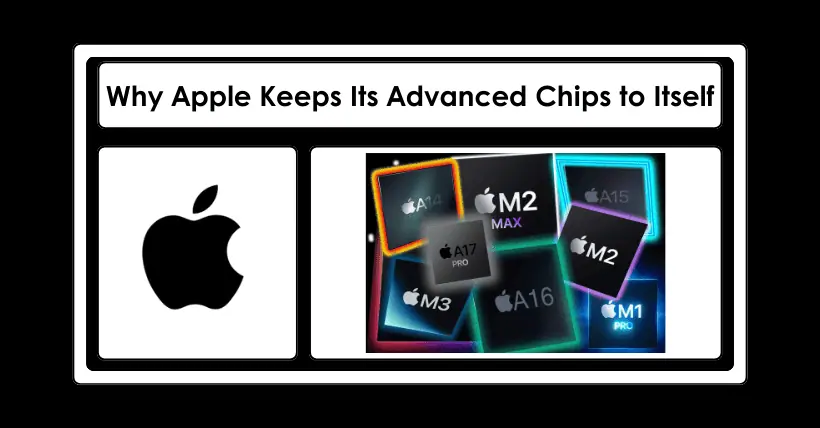In short, Apple doesn’t need to sell chips to make money. In fact, Apple doesn’t like to deal with semi-finished products. Typically, Apple buys parts from others and assembles them into its own complete products. This process is a form of deep processing, adding high value.
Even if Apple sold its self-developed chips, they would likely account for a significant portion of the total product cost. Whether it’s a phone, tablet, or computer, few similar products can match Apple’s prices. So even with Apple chips, it would still be hard to achieve good cost performance.
Take Apple’s A15 chip as an example. Without the strict cost control of other aspects and without the higher price of the iPhone 13 as a whole, just the cost of this chip alone would be enough to make many phones lose their market.
Leaving aside chip design costs, the 32MB system-level cache is ten times larger than the Snapdragon 888’s. Even the 12MB L2 cache is almost twice the size of Snapdragon 888’s L2 and L3 caches. Even compared to Snapdragon 8 Gen 1 or Dimensity 9000, the material stack still falls far behind the A15. Just look at how the A15 stacks 15 billion transistors—this shows how aggressive the material stacking is.
Silicon wafers have a fixed cost; the more chips you can cut from a wafer, the cheaper each chip becomes. Few manufacturers are willing to stack materials like Apple. Moreover, most digital products still focus on nominal cost performance, and stacking materials doesn’t easily show cost-effectiveness.
With the M1 Pro and M1 Max, the material stacking gets even more intense. The M1 Pro integrates 33.7 billion transistors, while the M1 Max integrates 57 billion. Simply put, one chip is several times larger than the other. Moreover, the yield rate decreases significantly as the chip size increases.
The M1 series has several different specifications, and the A15 also has three different versions. This isn’t entirely about Apple trying to differentiate; it’s because the yield rate for high-end versions is low, so some chips have to be downclocked and limited in cores to make them usable.
Another reason is the software-hardware refinement. It’s not just about how much performance a chip offers; the final product needs proper design and a full integration of software and hardware.
When Apple introduced the A15 chip, they said: “Apple’s true uniqueness is not simply having an ultra-powerful chip and building various functions around it, but rather starting with an inspiration to create a fantastic user experience, and then working together to make it a reality.”
Simply put, A15 + iOS 15 performs incredibly well, but if you use A15 with Android, performance might be average. It’s not that Android holds back the A15’s performance, but switching to another OS would require a complete recalibration to fully unleash the chip’s potential.
So selling chips isn’t just about selling them; it requires a full set of chip manuals and professional debugging guidance. In my view, Apple doesn’t seem to have this workforce, or this workforce might be more productive doing something else. Also, Qualcomm’s Snapdragon processors have integrated baseband chips into the processor, offering a full solution.
Even so, many phones with flagship chips don’t seem to fully unleash their potential. So if Apple sold chips, it would essentially assist competitors in product design, which is akin to “drinking poison to quench thirst.” This brings us back to the beginning—Apple doesn’t currently rely on chips to directly make money.

Disclaimer:
- This channel does not make any representations or warranties regarding the availability, accuracy, timeliness, effectiveness, or completeness of any information posted. It hereby disclaims any liability or consequences arising from the use of the information.
- This channel is non-commercial and non-profit. The re-posted content does not signify endorsement of its views or responsibility for its authenticity. It does not intend to constitute any other guidance. This channel is not liable for any inaccuracies or errors in the re-posted or published information, directly or indirectly.
- Some data, materials, text, images, etc., used in this channel are sourced from the internet, and all reposts are duly credited to their sources. If you discover any work that infringes on your intellectual property rights or personal legal interests, please contact us, and we will promptly modify or remove it.
- Cover Image inspired from MacWorld



